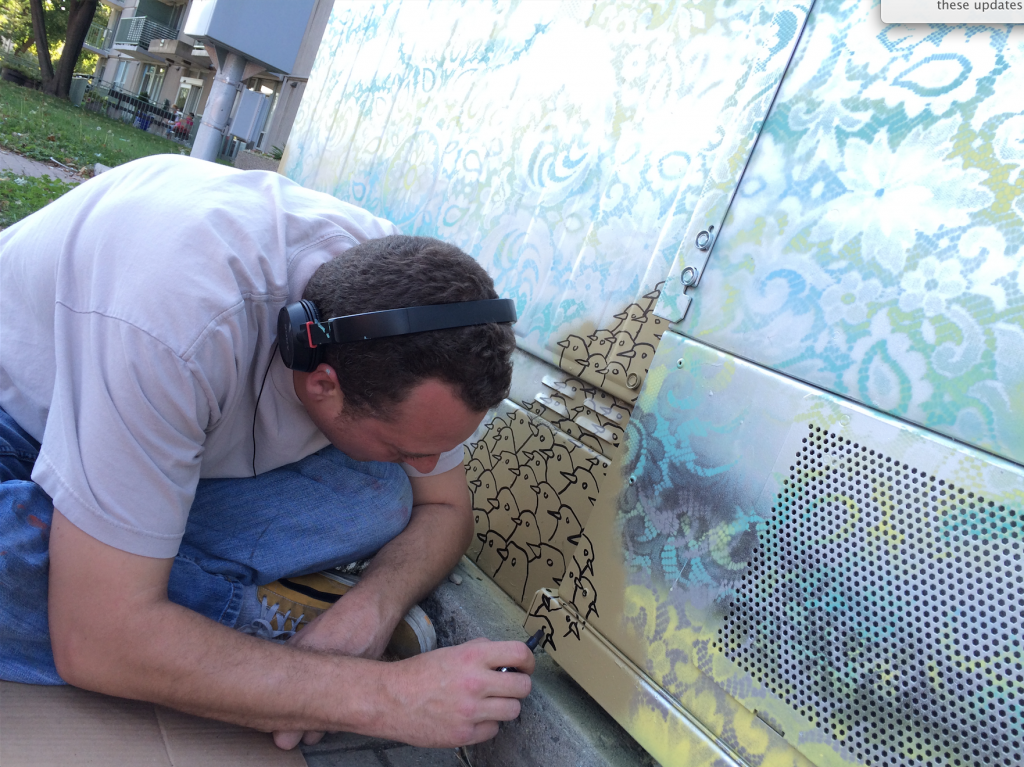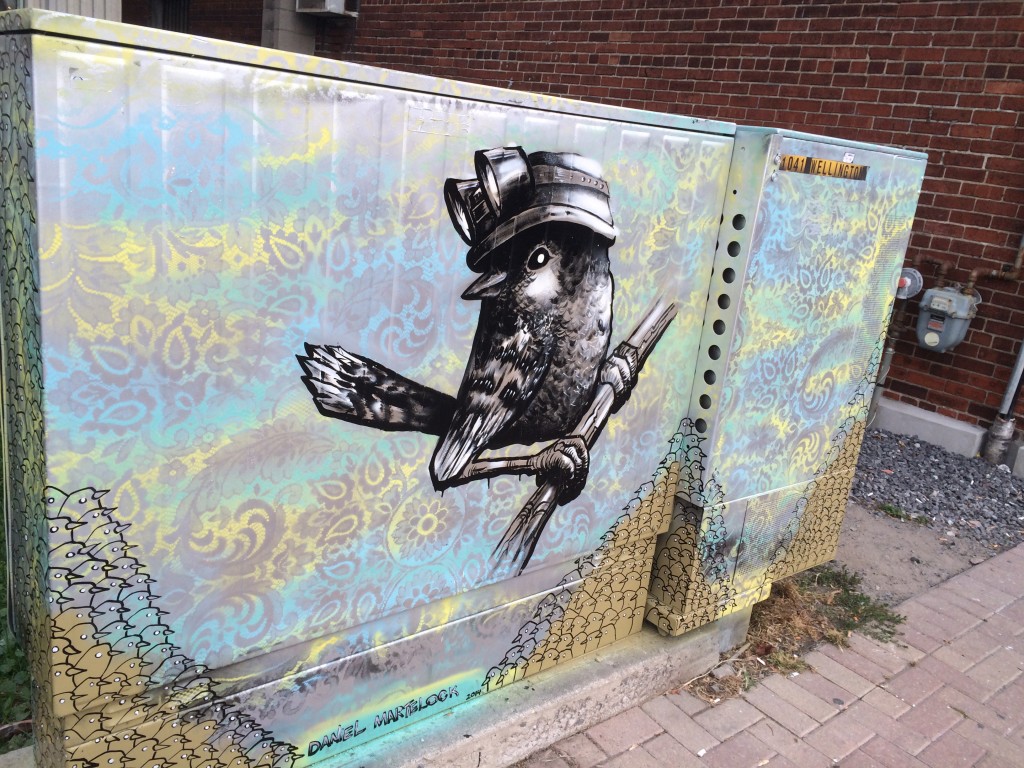Springtime in Ottawa means temperatures are rising, snow is melting and graffiti artists are spray painting – at least the latter is what residents could expect this season, according to the most recent city data.
In 2014, between March 20 and June 20, the city received 506 graffiti-related complaints including reports of vandalism, offensive words and hate messages. This is up 106 per cent from the 246 complaints made during the same period in 2013.
Graffiti complaints were the highest in Rideau-Vanier, where 311 calls rose from 24 to 96. In Kitchissippi, calls increased from 24 to 79 calls, the second highest number of complaints.
But in both wards the biggest problem is tagging: graffiti artists who spray paint their nickname or symbol just about anywhere they can.
Rev. Doug Stringer of the Vanier Community Church knows firsthand what it’s like to be a target. Last year, one of the church’s yellow brick walls became a notepad for a local tagger.
“It was too inviting to be left alone,” Stringer said. “There didn’t seem to be a message of hate or criticism or ridicule. It seemed to be someone who wanted to express themselves and this was a good place for it.”
Stringer said the tagging in Vanier “just demonstrates a lack of pride in the community” and “a lack of respect for what others see as important.”
Rideau-Vanier councillor Mathieu Fleury said that he isn’t surprised his ward has the highest number of graffiti complaints since it’s the most dense in the city.
“We have the ByWard market, the University of Ottawa and several high schools,” said Fleury. “The sheer interaction that is happening with a lot of people travelling through make it an easy target.”
Last spring, residential properties along Rideau Street and Laurier Avenue were aggressively tagged. The more visible the graffiti, the more likely Fleury said he’ll see a spike in complaints.
But Fleury doesn’t think that graffiti is necessarily a “bad thing.” He said the city wants to collaborate more with local artists, even those whose pick up a spray can instead of a brush.
“That’s why we launched the Paint It Up! Program where we established locations to have graffiti walls,” said Fleury. “If we know there is some visual appeal for a specific location, why not make it into a piece of art?”
Kitchissippi councillor Jeff Leiper said that there doesn’t seem to be a “huge demand” for graffiti designated spaces in his ward.
“Those who are putting their tags on buildings are not necessarily going to take advantage of a wall that is for graffiti,” said Leiper. “Their point it to go where they aren’t supposed to be going.”
Leiper said last spring, one tagger climbed scaffolding beside a six-storey building on Wellington Street and spray painted letters almost two metres tall.
“We saw a very visible acceleration in the number of tags that were going up last year until August,” said Leiper.
He said that development signs in his ward were a target for what he calls “protest graffiti” against intensification and he saw a peak in spray painted swastikas.
One way Leiper thinks his ward can deter tagging is by covering up “big, tempting graffiti targets” like Bell Canada utility boxes. Last fall, Hintonburg painter Daniel Martelock turned the grey boxes into a work of art.


“When you take the time to get them nice and painted up, the taggers will leave them alone,” Leiper said.
Both Fleury and Leiper say that it has been a “quiet winter” for graffiti complaints in their wards. But if last year’s pattern repeats itself, both councillors might be dealing with frustrated residents and a big clean up in the coming months.
